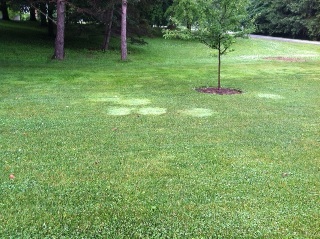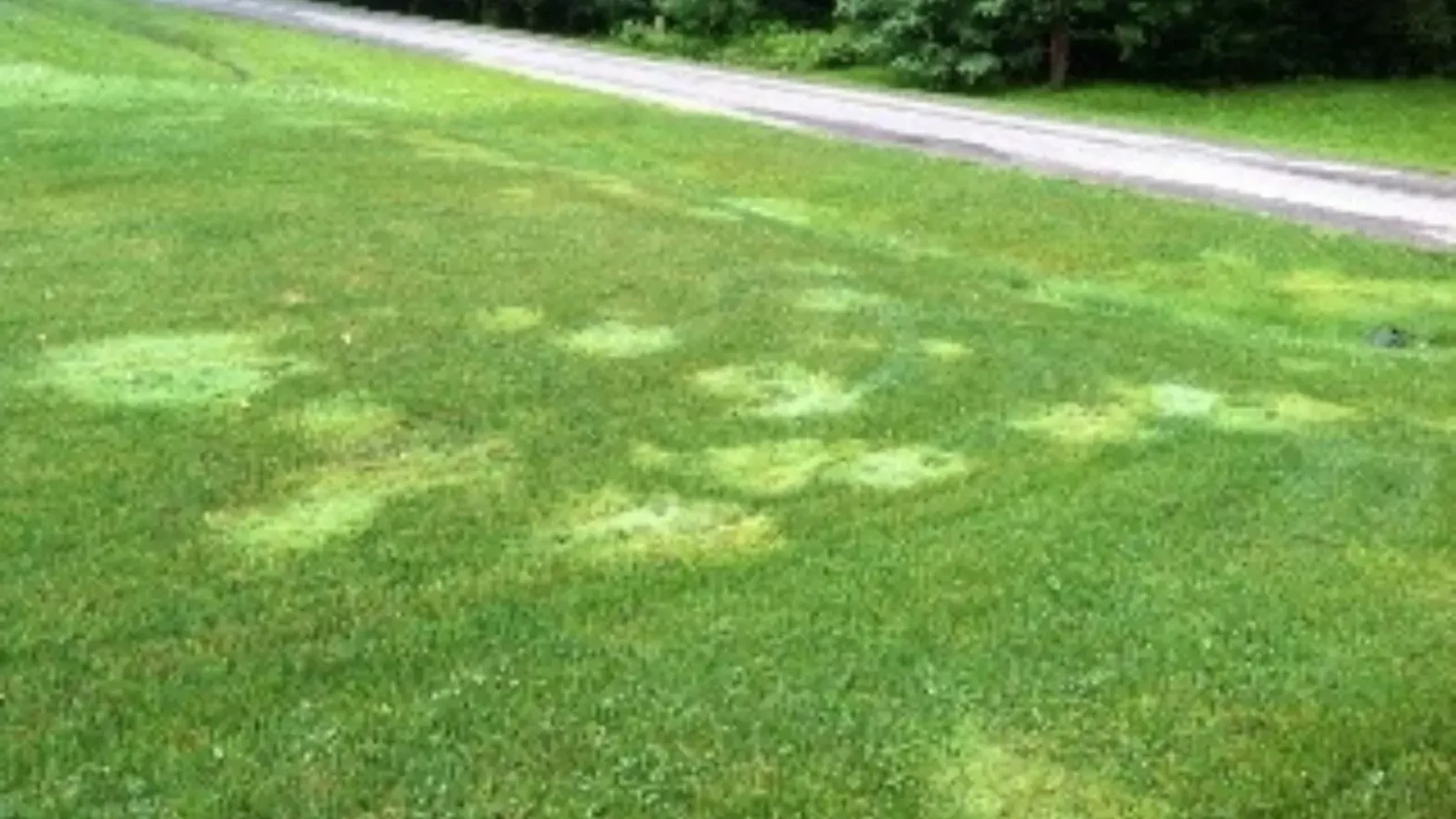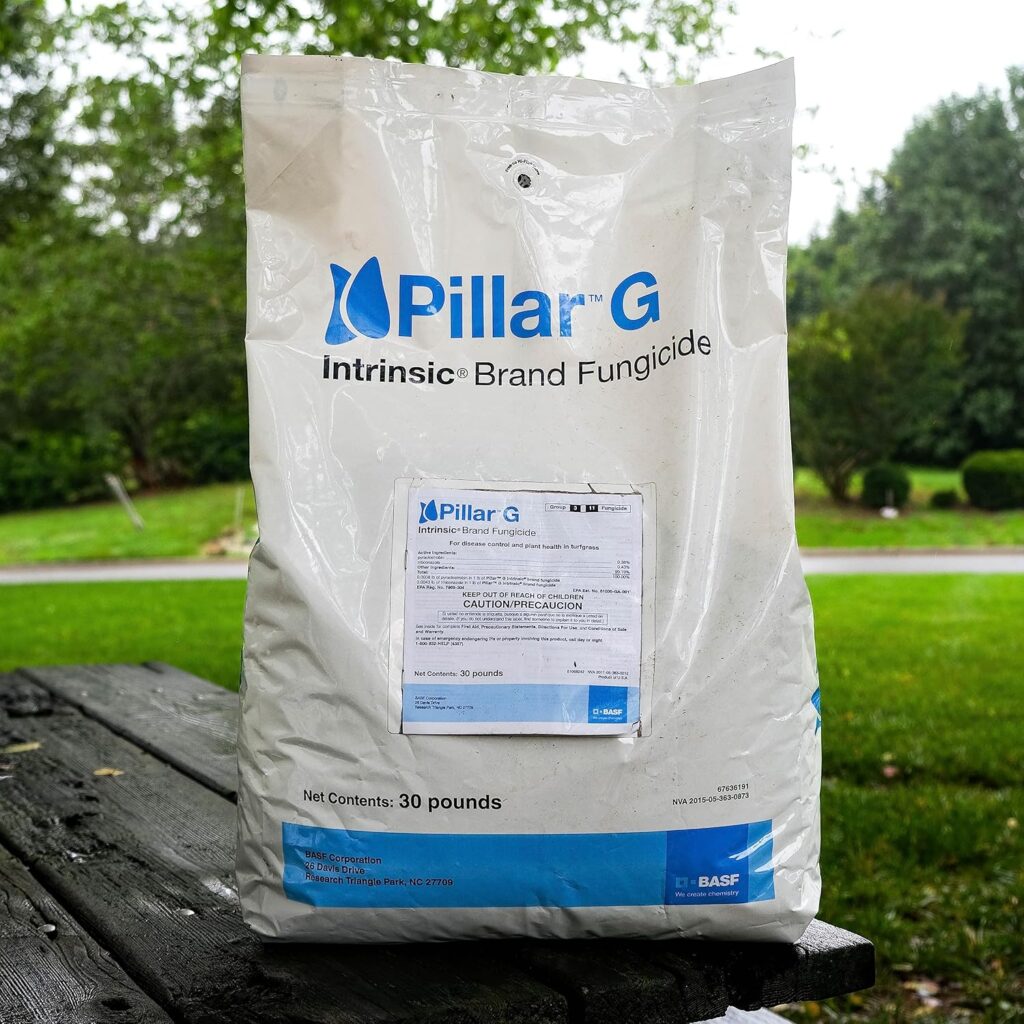Have you noticed patches of bright green grass in your lawn that stand out from the rest? Or do you have a concerned neighbour who is asking, “What is the bright green grass in my lawn?”
Many homeowners worry when these vibrant spots appear, wondering if it signals a problem.
The truth is, bright green grass patches in lawn can mean different things depending on your lawn’s health.
Sometimes, these bright green patches of grass in my lawn are simply a sign of better nutrition or access to clean water in certain areas.
On the flip side, bright green grass in lawn can point to weeds, disease, or soil imbalances that need correction.
In this guide, we will uncover what bright green grass means and how to keep your lawn evenly colored.
What Does Bright Green Grass in Lawn Mean?
Short Answer:
Bright green grass in a lawn often means uneven nitrogen distribution, extra moisture, or the presence of different grass varieties. It can also indicate weeds like Poa annua or fungal issues such as fairy rings. To fix it, fertilize evenly, manage watering, overseed with uniform grass, and control weeds for a consistent lawn color.
Long Answer: When you see bright green patches in your lawn, it usually means the grass there has something extra that the rest of the lawn doesn’t. This could be more nutrients, extra moisture, or even a different type of grass. Bright green spots can look healthy, but they often signal uneven lawn care.
In some cases, these patches are beneficial because they highlight areas that are thriving. However, they can also highlight hidden problems, such as over-fertilization, weeds, or fungal activity.
To keep your lawn uniform, you need to understand what causes these color differences and how to fix them.
What Causes Bright Green Grass in Lawn?

There are several reasons why your lawn develops these eye-catching green spots. Some causes are harmless, while others need quick attention.
Let’s look at the most common reasons for bright green grass patches and what they mean for your yard.
1. Uneven Fertilization
One of the most frequent reasons is uneven fertilizer application. When certain spots get more nitrogen than others, the grass becomes lush and bright green. These areas grow faster and stand out from the surrounding lawn.
Homeowners often make this mistake when spreading fertilizer by hand or using a faulty spreader. Overlapping fertilizer lines or spilling in one spot causes an imbalance. To fix this, apply fertilizer evenly using a calibrated spreader.
2. Different Grass Varieties
Another reason for bright green patches in the lawn is a mix of different grass types. Some grasses naturally appear brighter because of their genetics. If you overseed with a new variety, it may not match the existing turf color.
Cool-season grasses like ryegrass often appear more vibrant than warm-season grasses. This creates noticeable patches, especially during seasonal transitions. Over time, the difference may become more obvious if the grasses grow at different rates.
3. Lawn Weeds and Invaders
Certain weeds mimic turfgrass but grow a brighter shade of green. Poa annua, clover, and other broadleaf weeds often form vibrant clusters in the lawn. These weeds thrive in areas where soil moisture and nutrients are high.
Weeds grow quickly, making them stand out against slower-growing turf. They compete with your grass for resources and spread if not controlled. Spot-treating weeds early prevents large patches from forming.
4. Fungus or Disease
Sometimes, bright green rings or patches are caused by fungal activity. Fairy ring fungus, for example, creates dark or bright green circles in lawns. This happens because the fungus releases nitrogen as it breaks down organic matter.
The extra nitrogen feeds the grass in that area, making it greener. Over time, these rings expand and can damage the surrounding grass. Regular aeration and proper watering reduce fungal problems.
5. Pet Urine or Organic Matter Spots
Pet urine often creates green spots because of the nitrogen it contains. While small amounts can boost color, too much urine causes burns. The initial effect is a bright green patch surrounded by brown edges.
Similarly, decomposing organic matter, like buried grass clippings or dead roots releases nutrients. These nutrients feed nearby grass and make it greener. To avoid uneven spots, rake and distribute organic debris evenly.
How to Identify the Bright Green Grass Type or Issue
Before treating the problem, you need to know what’s causing it. Start by looking closely at the grass blades in the bright spots. Compare their shape, texture, and growth rate to the rest of the lawn.
If the blades are thinner or different in structure, you may have a mixed grass variety or weeds. If the spots are in a perfect ring, fungus could be the culprit. A soil test can confirm if nitrogen levels are too high in that area.
How to Fix Bright Green Grass Patches in Lawn
Fixing bright green patches in a lawn depends on the root cause. Most solutions involve balancing nutrients, controlling pests, weeds, and improving overall lawn care. Here are the best methods to restore uniform color.
1. Correct Fertilization Practices
Use a high-quality, slow-release fertilizer and apply it evenly. A broadcast spreader ensures uniform coverage without overlaps. Avoid dumping fertilizer in one spot, which causes bright patches.
Always follow the recommended application rate for your grass type. Water the lawn after fertilizing to prevent burns and help nutrients absorb. Doing this every season keeps the color consistent.
2. Overseeding and Lawn Leveling
If bright patches are due to mixed grass types, overseed with a uniform blend. Choose grass that matches your existing lawn for color and texture. Aerate the soil before seeding to improve germination.
Level uneven areas that hold water because wet spots promote brighter grass growth. Consistent watering and mowing after overseeding help blend the lawn. Over time, the lawn color will even out.
3. Weed Control
Remove bright green weeds as soon as you spot them. For small infestations, pull weeds by hand or use an organic spray. For large patches, apply a selective herbicide that targets weeds without harming grass.
Mow the lawn regularly to prevent weeds from seeding. Mulching with grass clippings can also reduce weed growth naturally. A thick, healthy lawn is the best defense against future weeds.
4. Disease Management
If fungus is causing bright patches, start with proper lawn care practices. Aerate compacted soil to improve drainage and reduce fungal growth. Avoid overwatering, as damp conditions favor fungal activity.
Apply a fungicide (pictured above⬆) if necessary, but choose one safe for your grass type. Maintain a balanced fertilization schedule to avoid feeding fungal growth. Healthy soil and good airflow help prevent future problems.
Preventing Uneven Lawn Color in the Future
Consistent lawn care is the key to avoiding bright green patches. Fertilize evenly, water deeply but infrequently, and mow at the correct height. This creates a balanced environment for uniform grass color.
Aerate your lawn once or twice a year to improve soil health. Overseed regularly to maintain an even grass mix. With proper care, your lawn will stay lush and evenly green all season.
FAQs About Bright Green Grass in Lawn
Q: Why do some patches look brighter than the rest of the lawn?
A: Bright patches usually have more nitrogen, water, or sunlight than surrounding areas. It could also mean different grass species or weed growth.
Q: Does bright green grass mean my lawn is healthy?
A: Not always. While green color looks healthy, uneven brightness often signals imbalance or a hidden issue.
Q: Can too much fertilizer cause color change?
A: Yes. Excess nitrogen makes grass greener and faster-growing, but it can harm the lawn over time.
Q: What weeds appear bright green?
A: Common bright green weeds include Poa annua, clover, and some sedges. These weeds stand out because they grow quickly and stay lush.
Quick Summary: How to Handle Bright Green Grass in Lawn
Want an evenly green, healthy lawn without bright patches? Follow these tips and say goodbye to uneven color!
Learn more about bright green grass in lawn care in our full guide and keep your yard looking perfect year-round.
What to Do
✅ Fertilize Evenly: Use a calibrated spreader for balanced nutrient distribution.
✅ Identify the Cause: Check if it’s weeds, fungus, or different grass varieties.
✅ Aerate and Overseed: Maintain consistent color and improve soil health.
✅ Apply Weed Control: Remove weeds manually or use selective herbicides.
✅ Manage Watering: Water deeply and avoid creating soggy spots.
What Not to Do
❌ Over-Fertilize: Too much nitrogen creates uneven patches and burns grass.
❌ Ignore Bright Spots: Small patches can signal larger problems later.
❌ Overwater the Lawn: Damp conditions promote fungus and weeds.
❌ Mix Random Grass Types: Inconsistent seeding leads to permanent color differences.


